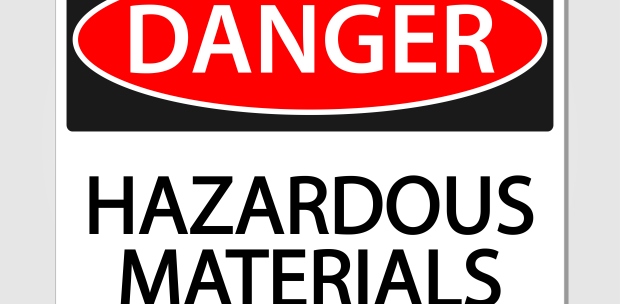
Accidents happen, but taking proactive steps ahead of an accident ensures your facility is prepared and reduces the chances of a larger incident from occurring.
Adam Steltzner is the team leader and chief engineer of the NASA Mars Science Laboratory Curiosity Rover Project entry, descent, and landing phase.
The Association of Public Health Laboratories asked the Arizona State Public Health Laboratory to present its biosafety outreach program in a national webinar, which will take place next month.
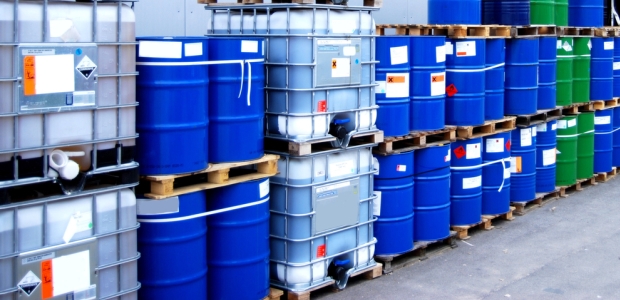
The National Toxicology Program and partner agencies are behind the challenge, which will award $500,000 for ideas that help innovate current toxicity testing methods.
Although most of the illnesses related to paraquat and diquat were low to moderately severe—health effects commonly included skin, eye, or neurological symptoms—these two herbicides make up 85 percent of herbicide-related deaths in the United States.
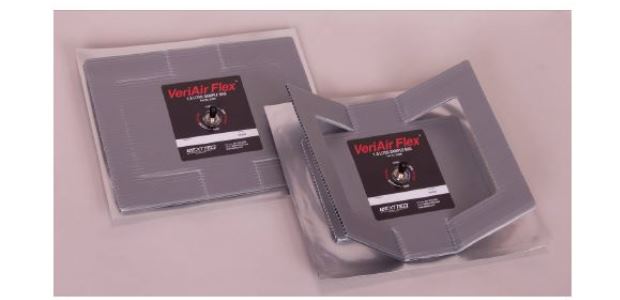
Traditional grab sampling methods require supplementary devices such as electric pumps, batteries, charging devices, calibrators, tubing, connectors, and auxiliary equipment.
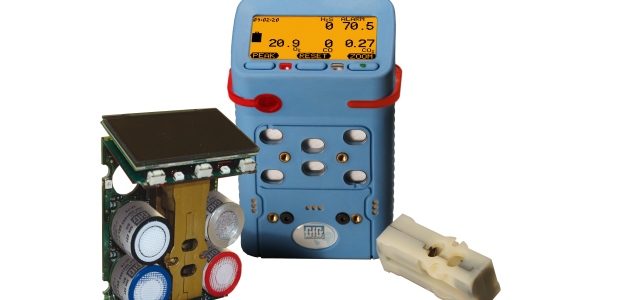
It is critically important for instrument users to understand what the sensors in their instrument cannot properly measure, as well as what they can.
Lake Compounce Theme Park of Bristol, Conn., faces $70,200 in fines.
ECHA performed a similar study in 2012 and now reports that global laboratory capacity to conduct the studies has increased. The latest study was triggered by the recent change in the REACH information requirements.
Mark Milroy began his position on Jan. 11, according to the association.
If it can be successfully commercialized by industry, detectives, field inspectors, and others could carry with them a convenient version of NIST's "headspace analysis" technique that identifies solid or liquid compounds based on the makeup of vapors released into the air.
There are 45 Skin Notation Profiles available on the NIOSH website.

The agency published the proposed rule Aug. 7, 2015, and took comments through Nov. 5, during which the the Non-Ferrous Founders' Society requested that OSHA schedule an informal public hearing on it.
The proposed regulations are relevant to anyone involved in the transport, storage, or handling of dangerous substances or goods in harbors and ports, including harbor authorities, stevedores, masters of vessels and their agents, shippers, and truck and rail operators, as well as anyone involved in loading or unloading explosives anywhere on the coast of Great Britain or in territorial waters.
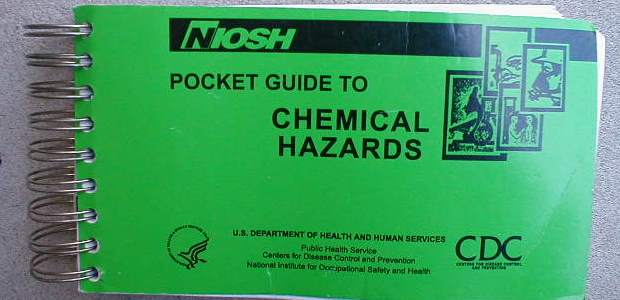
Administrator Michael Wood explained in Oregon OSHA's latest newsletter that the agency will encourage employers to consider more-protective limits and also will "tackle four to six of the most significant and outdated PELs on a state level."
The final rule has been in development for more than 15 years. It would halve the current limit for general industry.
The December issue of the journal includes a supplement addressing issues tied to the science of OELs.
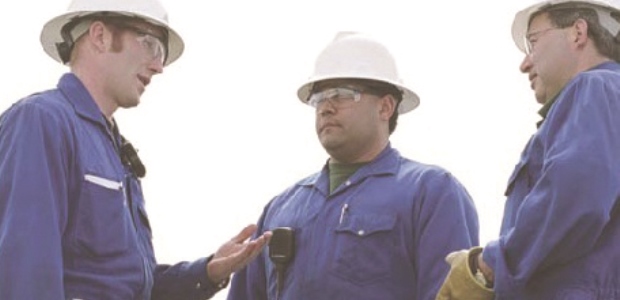
Subpart AA of 29 CFR 1926 will help to prevent construction workers from being hurt or killed by eliminating and isolating hazards in confined spaces at construction sites.
Parts from two main classes of commercial 3D printers were found to be toxic to zebrafish embryos.
The four lead compounds were included in ECHA's previous draft recommendation in 2014 but were not included in the final recommendation that was sent to the European Commission in July 2015. Comments on 11 proposed substances are due by Feb. 18, 2016.